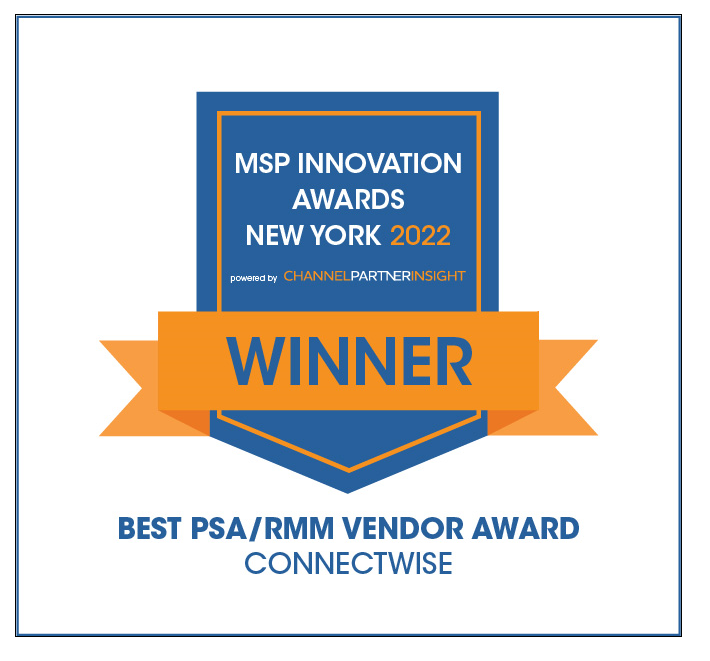10 ways achieving mental health is like running a successful business
Let’s start with a confession I’m not proud to make.
After over 30 years of “managing” bipolar disorder, I’d never participated in any mental health awareness activity, suicide walk, or fundraiser. I guess I considered those activities for other people who were more directly impacted or in need of support. In 2023, this changed.
I’ve spoken to almost 1,000 IT professionals at conferences and in peer groups about mental health in the workplace. Slowly but surely, the message is starting to make a difference. Stigma is decreasing while action is increasing.
I’m choosing to write this blog as a way of educating others about mental health by targeting business owners and leaders through a comparison to running a business. Locally, I’m now engaged in volunteer work to help others live, work, and thrive in my community—and my speaking message continues to grow.
Today is World Mental Health Day. The overall objective of World Mental Health Day is to raise awareness of mental health issues around the world and to mobilize efforts in support of mental health.
According to the World Health Organization, “Mental health is a state of mental well-being that enables people to cope with the stresses of life, realize their abilities, learn well and work well, and contribute to their community.” It’s a multi-part definition requiring broad perspectives and resources.
Rather than repeat concepts, strategies, and tactics for addressing mental health in the workplace, I will direct you to these recent blogs and articles:
- Mental health in the workplace
- Promoting Mental Health in the IT Workplace: Challenges and Solutions
- Why We Need to Acknowledge Mental Health in the Tech World
Achieving mental health is like running a business
I’ve worked with over 1,000 MSPs in CEO and role-based peer groups over the last 20 years. It’s been the most rewarding and meaningful work of my 35-year career. I now realize my key takeaways from walking alongside entrepreneurs on their journey parallel my own journey to managing my mental health. I explore this idea in depth through these 10 tips:
- Know your purpose. We could spend this entire blog on the importance of purpose—knowing your destination, mission, or vision. Whatever you call it, purpose provides the energy to overcome obstacles and celebrate successes. Purpose brightens our north star when darkness seems overwhelming. Purpose enables us to serve others when serving ourselves seems the easier path. And purpose enables us to build a legacy today before we are gone—whether in business or life.
Try this activity to better understand the relationship between purpose and mental health in your own life:
Draw a timeline (x-axis) representing your years of life. Add positive (+10) and negative (-10) scales (y-axis) representing “very high purpose or joy” and “very lowest purpose or joy.” Plot and connect dots for your work and your life during good and bad times. What do you notice? Is there a correlation? How did your mental health vary during times of higher and lower purpose?
- Lead yourself. Be accountable. Develop a team. You are the CEO of your body and health. The 8 Dimensions of Health parallels a company’s divisions or teams. No matter how well you lead yourself, having a team, a group of diverse advisors, or working with peers is helpful in achieving your goals. The key is to assemble your support team before you need them.
- Know your numbers. Business leaders focus on EBITDA $, gross margin %, valuation multiples, and more. Mental health metrics highlight high levels of anxiety, depression, burnout, and stress.
For example, the May 2023 US Surgeon General’s Advisory cites, “The physical health consequences of poor or insufficient connection include a 29% increased risk of heart disease, a 32% increased risk of stroke, and a 50% increased risk of developing dementia for older adults. Additionally, lacking social connection increases the risk of premature death by more than 60%.”
Dr. Edlin Garcia Colato, assistant professor of public health at Indiana University states, “In 2019, the British Interactive Media Association (BIMA) reported that among their 3,333 IT respondents, 81% reported past year anxiety and depression while 66% were stressed by their work. A more recent report on the information security sector found that 12% of cybersecurity professionals were at risk of burnout, as they report working between 51-70 hours a week, 46% were kept up at night due to the stress of the job, and 22% were kept awake because of worrying about a potential cyberattack on their organization” (Chartered Institute of Information Security [CIISec], 2022).
It’s essential to know your own health numbers.
- Communicate clearly and often. A common business mantra is “keep communicating until your team tells you they’ve heard the message too often.” A mistake I’ve made is to communicate too little—especially with my spouse of over 20 years. Whether my wife, therapist, or psychiatrist, everyone benefits from being on the same page about what I’m thinking or feeling. Shame and fear are emotions at work and in mental health; it’s vital that you get used to overcoming them.
- Choose your model. Become best in class. Managed service providers (MSPs) agree that proactive managed services are more profitable than reactive break/fix services. Healthy individuals choose lifestyles where proactive care and wellness are preferred to reactive care or poor health that’s in need of fixing.
If you take nothing else from this article, remember that you choose whether your healthcare (and the healthcare of those you care about) is managed proactively or reactively. I advise choosing proactive health, especially with new technology for monitoring, managing, and extending lives.
- Make plans and take corrective action. Planning enables you to think strategically and define your outcomes. Plans provide direction when the path varies. No business and no person lives a straight-line journey. It’s critical to know when corrective action—self-care, conversations with peers, medical professionals, etc.—is needed for mental health.
- Don’t reinvent the wheel. Start by reviewing the services included in your EAP (employee assistance program) today. In most cases, your team will already have free access to counseling and other resources such as primary care physicians, therapists, and behavioral health services.
- Choose the best tools for you. There is no shortage of tools and resources for either business or mental health. Vendors, providers, apps, blogs, podcasts, and even AI continue to grow. In either case, choosing quality over quantity is generally preferred. With time as a limiting factor in researching options, use your team of advisors and peers to implement what works best for you.
Helpful resource: Mind Share Partners is “a 501(c)(3) national nonprofit organization that is changing the culture of workplace mental health so that both employees and organizations can thrive.” This organization offers free reports, toolkits, guides, courses, and a helpful “5 Lessons. 5 Strategies.” email campaign. The campaign provides straightforward advice to business owners and leaders.
- Build deep, caring relationships. In business, mental health, and life, it’s crucial to maintain existing relationships and build new ones. In business, we typically call this networking, marketing, or sales. In mental health, new relationships help us avoid isolation and feel part of a larger community.
- Focus on the bottom line. For business, the bottom line typically represents profit and the ability to reach a desired destination (or exist with purpose). For mental health, the bottom line is meeting the accepted definition of mental health (coping, achieving, learning, working, contributing). This “health” is also determined by the individual with perspective from their support team. In mental health, the bottom line is more broadly defined than in business.
While I hope this comparison is helpful, please don’t make the mistake of thinking I have either business or mental health entirely figured out. Both involve trying, learning, failing, and succeeding. For me, slowing down enough to understand my purpose during good times helps me remain aligned during down times. Consider things you care about, such as your spouse, family, or relationships, how you want to grow, and how you can help others. Combining a business with mental health allows you to simplify your journey to success.
Disclaimer: If you or someone you know is in crisis, please call or text the 988 Suicide & Crisis lifeline for 24-hour, confidential support to anyone in suicidal crisis or emotional distress.
About the author
Scott Scrogin is the Strategic Initiatives Director at ConnectWise, where he develops partner-facing initiatives that drive partner success. Additionally, he speaks and conducts workshops nationally as an advocate for mental health. Scott is a Certified Peer Support Specialist, has completed Mental Health First Aid training, and has managed bipolar disorder for over 30 years. He was VP of Professional Services at an MSP and served as president at HTG Peer Groups. Scott holds a degree in mechanical engineering and an MBA. He and his wife live in Omaha, Nebraska.
This blog does not provide medical advice and is intended for informational purposes only. This is not a substitute for professional medical advice, diagnosis, or treatment. Do not disregard professional medical advice or delay seeking professional advice because of the information you read here.


